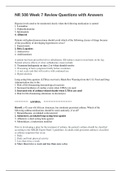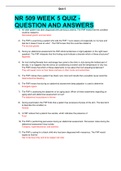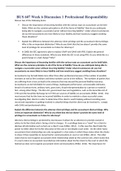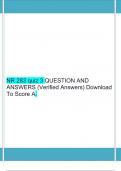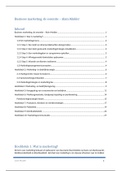Summary
MICROECONOMICS SUMMARY FOR FIRST YEAR STUDENT
- Course
- Institution
- Book
This is an elaborated summary of Microeconomics course. It is for students in Economics and Business Economics. This summary is very helpful for students during exam week.
[Show more]





